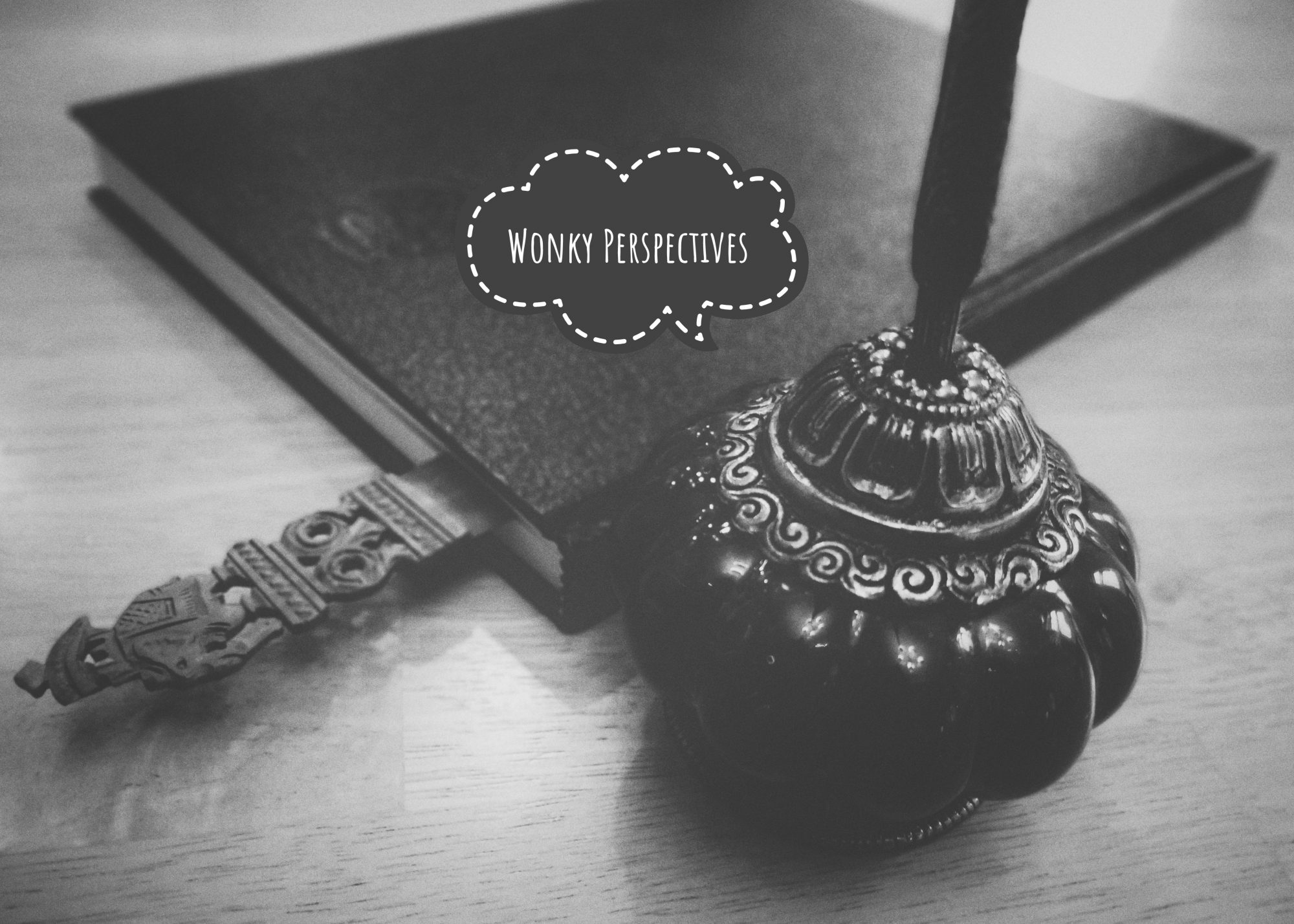The rumor mill is particularly harmful in such a global health issue. I’ve heard of racist attacks, people touting ‘silver liquids’, garlic, sesame oil, rasam powder, drinking cow’s urine, lemon juice, drinking bleach, and so many un-proven and completely false solutions to COVID-19.

I am purposely not linking any links as I do not want to legitimize these claims. The following is a list of some ‘claims’ that can be easily corrected. Please read in full for context.
- Just because the virus originated in Wuhan does not mean that all Asians are infected. Don’t let your fears make you a racist. Be respectful of all people and animals.
- You cannot get the virus from eating Chinese food.
- People are touting commonly found spices and mixes (garlic, sesame oil, olive oil, oregano, rosemary, asafetida, a.k.a hing, turmeric, rasam powders, lemon juice etc.) as cures against all viruses: Logically, if it worked, China, India, and Italy would not have any people who were affected.
- Drinking bleach will corrode your mouth, your esophagus, and affect your breathing, ultimately injuring your lungs and breathing so much that death is hastened.
- Drinking cow urine or eating cow dung is not only useless, but actually dangerous. Coronaviruses are typically zoonotic meaning they are transmitted from animals to human. (humans are technically animals, however the medical industry makes a specific distinction). Although the current coronavirus (beta version) resulting in COVID-19 is thought to sourced from a bat, it is very dangerous to willfully consume unsterilized cow urine, dung.
- Silver liquids – There is no known study that proves this to work for any disease let alone a brand-new health issue.
- Dogs are not transmitting coronavirus to humans. Please don’t abandon, kill, or eat your pet. None of those measures will help your health.
- People only need to wait for a few months and the coronavirus will disappear. This is accurate for ‘some’ viruses only, but it is not necessarily proven in the case of COVID-19. If warm weather was a deterrent to this specific virus, then India, Sri-Lanka, Saudi-Arabia, Egypt, Nigeria, Senegal, UAE, and Qatar would not have seen any confirmed cases. These places have a typical temperature much higher than the winter temperatures in the United States, or Europe. Click here to find out which countries have been affected.
I will add any ridiculous rumor to this list as needed.



